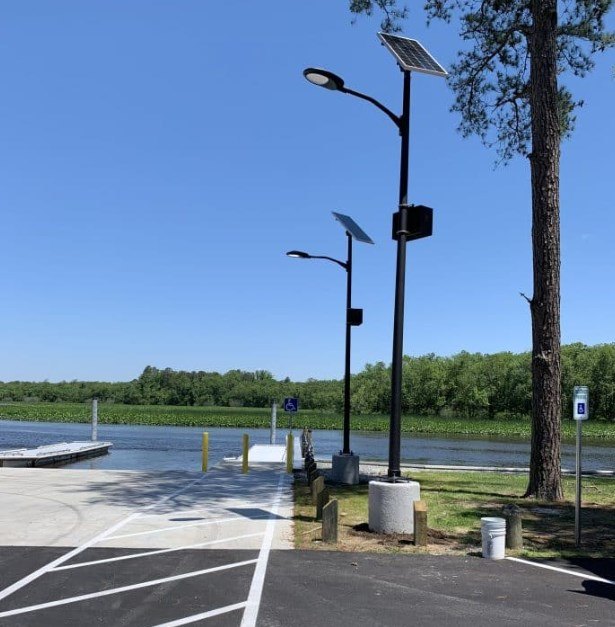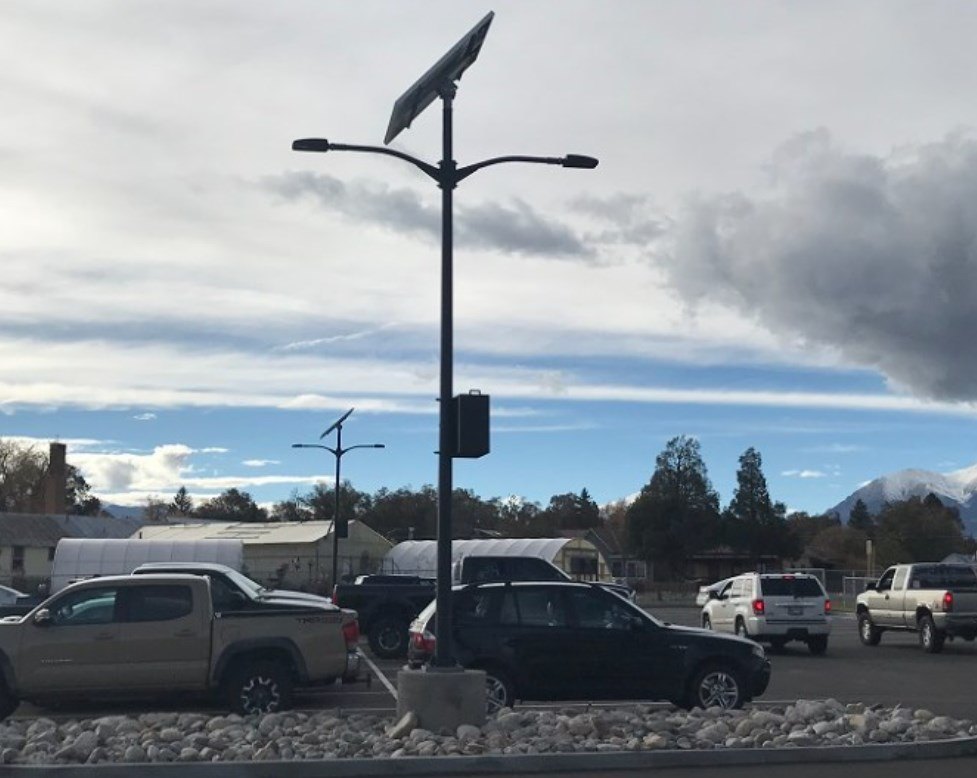5 Cost-Saving Strategies for Commercial Solar LED Lighting ProjectsPosted by Stephen Shickadance in Most Popular. The Basics. Solar FAQs.As the demand for sustainable and energy-efficient solutions continues to rise, commercial solar LED lighting projects have become an attractive option for businesses and municipalities alike. However, the initial investment can be substantial. Here are five cost-saving strategies to help you maximize your savings on your next solar lighting project without compromising on quality or performance.
1. Conduct a Thorough Site AssessmentBefore diving into a solar lighting project, conducting a comprehensive site assessment is crucial. This assessment will help you determine the optimal placement of your solar lights, taking into account factors such as sunlight exposure, shading, and local weather conditions. By identifying the best locations for your solar panels and lights, you can maximize energy capture and efficiency, reducing the number of lights and panels needed. Tips: Use solar pathfinder tools to analyze shading. Consider seasonal variations in sunlight. Consult with experts to ensure accurate assessments. 2. Choose High-Efficiency Solar Panels and LEDsInvesting in high-efficiency solar panels and LED lights can significantly reduce your overall costs in the long run. High-efficiency components generate more power and provide better illumination while consuming less energy. This means you can achieve the same level of performance with fewer panels and lights, lowering both the initial and maintenance costs. Tips: Look for panels with high conversion efficiency ratings. Select LEDs with high lumens-per-watt ratios. Consider the longevity and warranty of the products. 3. Optimize System Design and ConfigurationA well-designed solar lighting system can greatly impact your overall project costs. Optimize your system by strategically configuring the number and placement of lights, the type of mounting poles, and the battery storage capacity. Customizing your system to match the specific needs of your project can prevent overdesigning and overspending. Tips: Use software tools for system simulation and design. Choose modular systems for easy scalability. Work with experienced designers to ensure optimal configuration. 4. Leverage Incentives and RebatesMany governments and organizations offer incentives, rebates, and tax credits for renewable energy projects, including solar lighting. Research and take advantage of these programs to offset a portion of your initial investment. These financial incentives can make a significant difference in the overall cost of your project. Tips: Check federal, state, and local incentive programs. Explore utility company rebates for energy efficiency. Stay updated on new and expiring incentives. |
ArchivesNo Archives Categories
Want More Info? |
LATEST NEWS & ARTICLES


